Description
Cobalt Violet: A Gentle Giant in the Pigment World
Cobalt Violet, a subtle yet captivating pigment, holds a unique place in the artist’s palette. Unlike its bolder cousins like Ultramarine and Cerulean Blue, Cobalt Violet offers a delicate, slightly muted elegance, making it a valuable tool for creating nuanced shades and atmospheric effects.
A Brief History:
The history of Cobalt Violet is relatively recent compared to some of the ancient pigments. Discovered in the mid-19th century, it emerged from advancements in chemistry and the growing demand for new and exciting colors. Initially, its high cost limited its accessibility, primarily finding use in the hands of professional artists and academics. However, as production methods improved, Cobalt Violet gradually became more widely available.
The Color and its Properties:
Cobalt Violet isn’t a single, homogenous color. It encompasses a range of hues, generally categorized as:
- Cobalt Violet Light: A slightly pinkish violet, often described as being close to a delicate lavender.
- Cobalt Violet Deep: A bluer, more intense violet, leaning towards a plum-like shade.
Regardless of the specific shade, Cobalt Violet shares common characteristics:
- Transparency: This is a key feature. Its transparency allows light to pass through multiple layers of paint, creating depth and luminosity. It also makes it excellent for glazing techniques.
- Granulation: Many Cobalt Violets exhibit a subtle granulation, meaning the pigment particles separate slightly during application. This adds texture and visual interest, preventing a flat, uniform look.
- Lightfastness: Generally considered to be highly lightfast, Cobalt Violet offers excellent resistance to fading, ensuring the longevity of your artwork.
- Tinting Strength: While offering a beautiful color, Cobalt Violet is known for its relatively low tinting strength. This means it requires a larger quantity of pigment to significantly impact a mixture compared to some more potent colors. This characteristic, however, is what allows for the gentle blending and subtle variations it’s prized for.
Uses in Art:
Cobalt Violet’s subtle nature makes it a versatile pigment across various artistic mediums:
- Oil Painting: Its transparency and granulation are particularly valued in oil painting for glazing, layering, and creating atmospheric perspective. It’s excellent for rendering shadows, adding depth to landscapes, and softening harsh contrasts.
- Watercolor: Cobalt Violet offers beautiful washes in watercolor, creating delicate gradations and subtle variations. Its granulation adds character and prevents the watercolor from appearing flat.
- Acrylic Painting: While less commonly used in acrylics due to the opaque nature of many acrylic paints, it can still be incorporated to create delicate tints and layered effects.
- Other Media: Cobalt Violet can also be found in other media like pastels and gouache, where its subtle color and lightfastness are appreciated.
Mixing with Cobalt Violet:
Cobalt Violet plays well with other colors, creating a range of beautiful and nuanced mixtures.
- With Blues: Blending with blues like Ultramarine or Phthalo Blue creates a variety of deeper, more intense violets and purples.
- With Reds: Mixing with alizarin crimson or quinacridone rose produces a range of pinks and mauves.
- With Yellows: Adding yellows can create interesting muted browns, oranges, and even greens depending on the proportion.
- With Whites: Tinting with white creates delicate pastel shades, perfect for skies, flowers, and other ethereal subjects.
Conclusion:
Cobalt Violet is more than just a pretty color; it’s a powerful tool for artists seeking subtlety, depth, and atmospheric effects. While its low tinting strength might require a bit more patience, the resulting nuanced shades and delicate gradations are well worth the effort. Adding Cobalt Violet to your palette can unlock new possibilities for creating beautiful and captivating artwork.

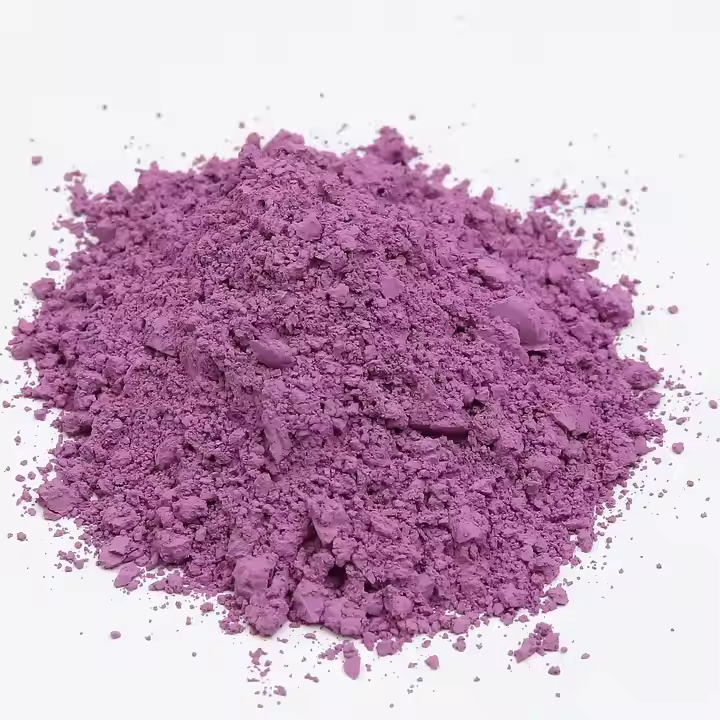
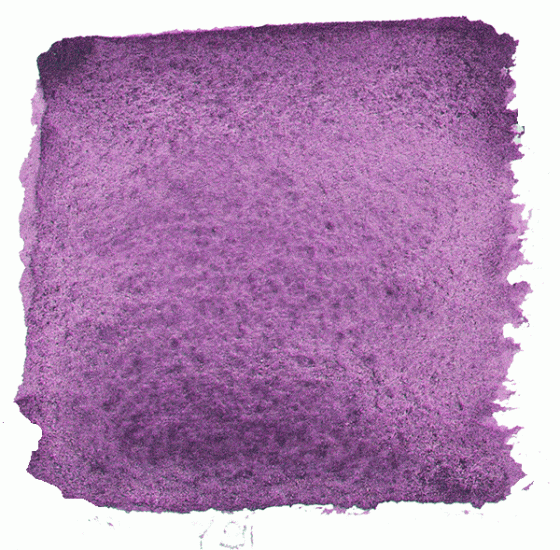
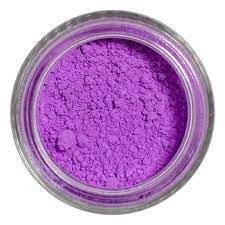
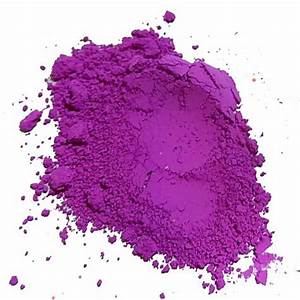
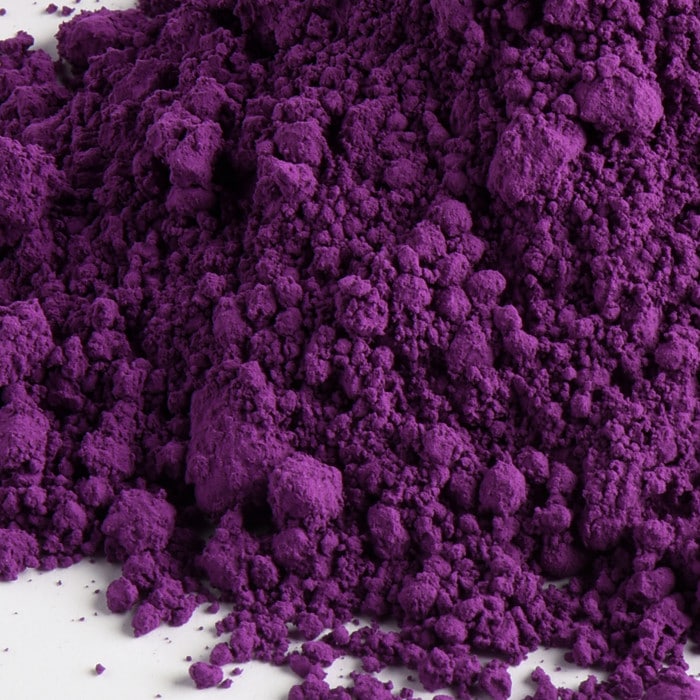




Reviews
There are no reviews yet.